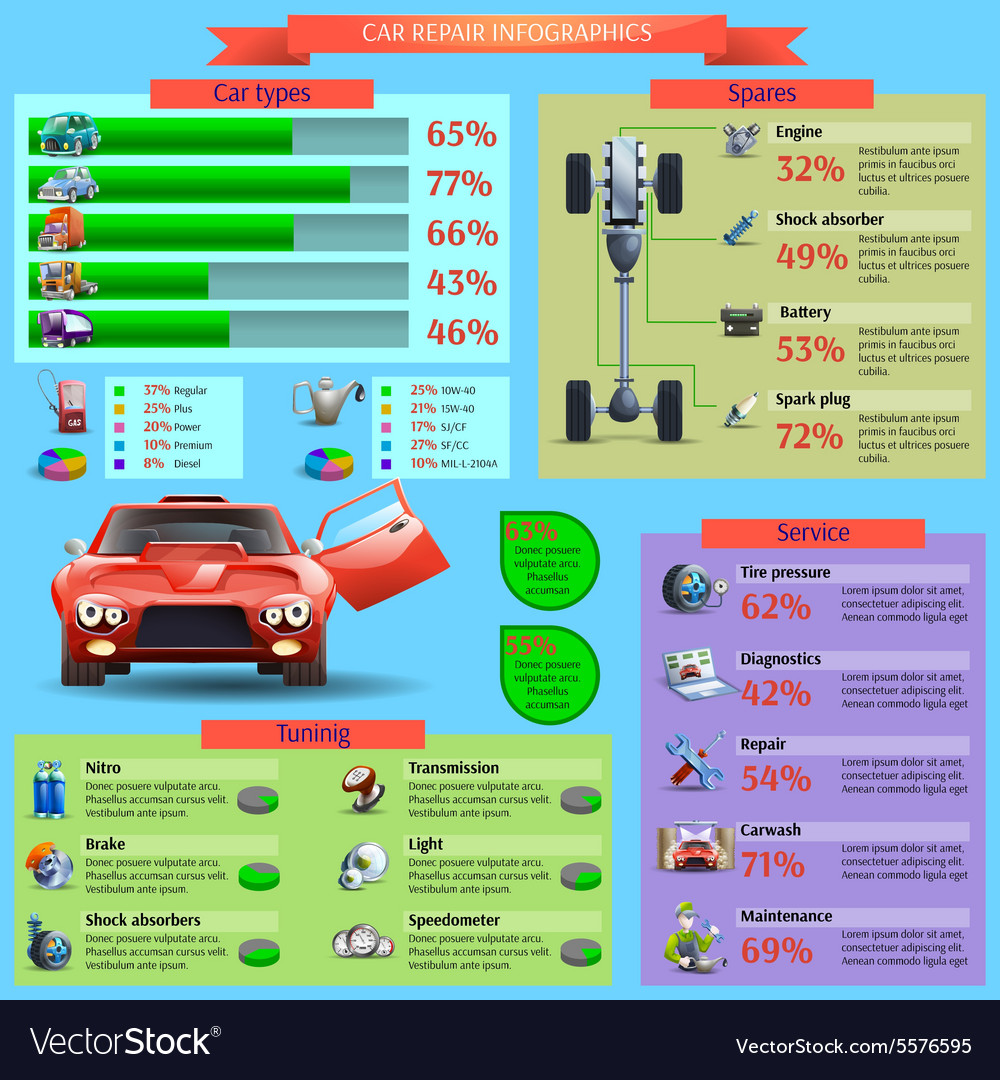Eager To Know What The Control Panel Caution Lights In Your Automobile Indicate? Explore Their Significances For The Wellness And Security Of Your Car
Eager To Know What The Control Panel Caution Lights In Your Automobile Indicate? Explore Their Significances For The Wellness And Security Of Your Car
Blog Article
Writer-Lauritsen Shepherd
When you're behind the wheel, those radiant caution lights on your control panel can be a bit puzzling. Do you recognize what they're attempting to tell you regarding your cars and truck's wellness? Recognizing the importance of these lights is vital for your safety and the long life of your vehicle. So, the next time among those lights turns up, would not you want to decipher its message precisely and take the needed actions to resolve it?
Common Caution Lights and Interpretations
Determine common caution lights in your automobile and understand their significances to ensure secure driving.
The most normal caution lights include the check engine light, which indicates problems with the engine or discharges system. If this light comes on, it's essential to have your lorry checked without delay.
The oil stress cautioning light suggests low oil stress, requiring prompt interest to stop engine damage.
A blinking battery light could suggest a faulty charging system, possibly leaving you stranded otherwise attended to.
The tire pressure tracking system (TPMS) light informs you to low tire stress, impacting car stability and gas efficiency. Neglecting https://ericklfzuo.blogginaway.com/32709809/mobile-cars-and-truck-outlining-enhancing-your-lorry-s-appearance-on-the-move can bring about risky driving conditions.
The ABS light suggests an issue with the anti-lock braking system, endangering your ability to quit quickly in emergencies.
Last but not least, the coolant temperature level warning light warns of engine overheating, which can result in extreme damages otherwise settled quickly.
Recognizing these typical warning lights will help you address problems quickly and keep risk-free driving conditions.
Relevance of Prompt Attention
Recognizing the usual warning lights in your automobile is only the initial step; the significance of without delay addressing these warnings can't be emphasized enough to guarantee your safety and security on the road.
When a caution light illuminates on your control panel, it's your automobile's way of connecting a prospective concern that requires attention. Neglecting safeplacestosteamcleanincar can result in a lot more severe problems in the future, endangering your safety and possibly costing you a lot more in repairs.
Prompt focus to advising lights can protect against breakdowns and accidents. As an example, a blinking check engine light can indicate a misfire that, if left unattended, can trigger damage to the catalytic converter. Resolving this immediately can conserve you from an expensive repair service.
In a similar way, a brake system alerting light could indicate reduced brake liquid or used brake pads, crucial elements for your security when driving.
DIY Troubleshooting Tips
If you discover a caution light on your dashboard, there are a couple of DIY fixing tips you can try before looking for professional help.
The first step is to consult your car's handbook to understand what the details warning light indicates. Sometimes the issue can be as easy as a loose gas cap activating the check engine light. Tightening the gas cap may resolve the issue.
An additional common concern is a low battery, which can activate different cautioning lights. Examining the battery links for corrosion and guaranteeing they're safe and secure could fix the trouble.
If a warning light lingers, you can try resetting it by separating the cars and truck's battery for a couple of minutes and after that reconnecting it. In addition, inspecting your vehicle's liquid levels, such as oil, coolant, and brake fluid, can help troubleshoot advising lights related to these systems.
Conclusion
Finally, recognizing your car's caution lights is necessary for keeping your automobile running smoothly and securely. By quickly addressing these informs and understanding what they indicate, you can prevent costly repair services and potential failures.
Bear in mind to consult your vehicle's manual for particular information on each warning light and take action accordingly to make sure a hassle-free driving experience.
Remain educated, remain secure on the road!
